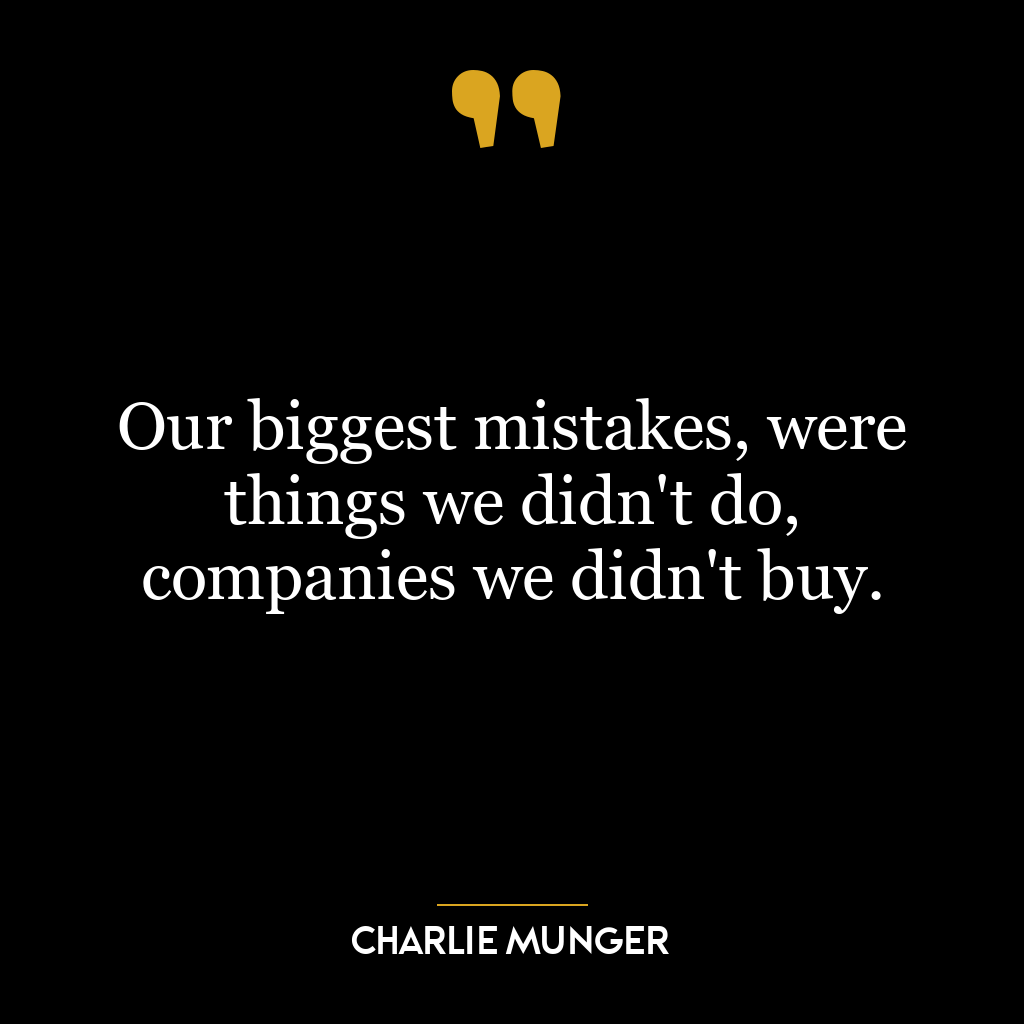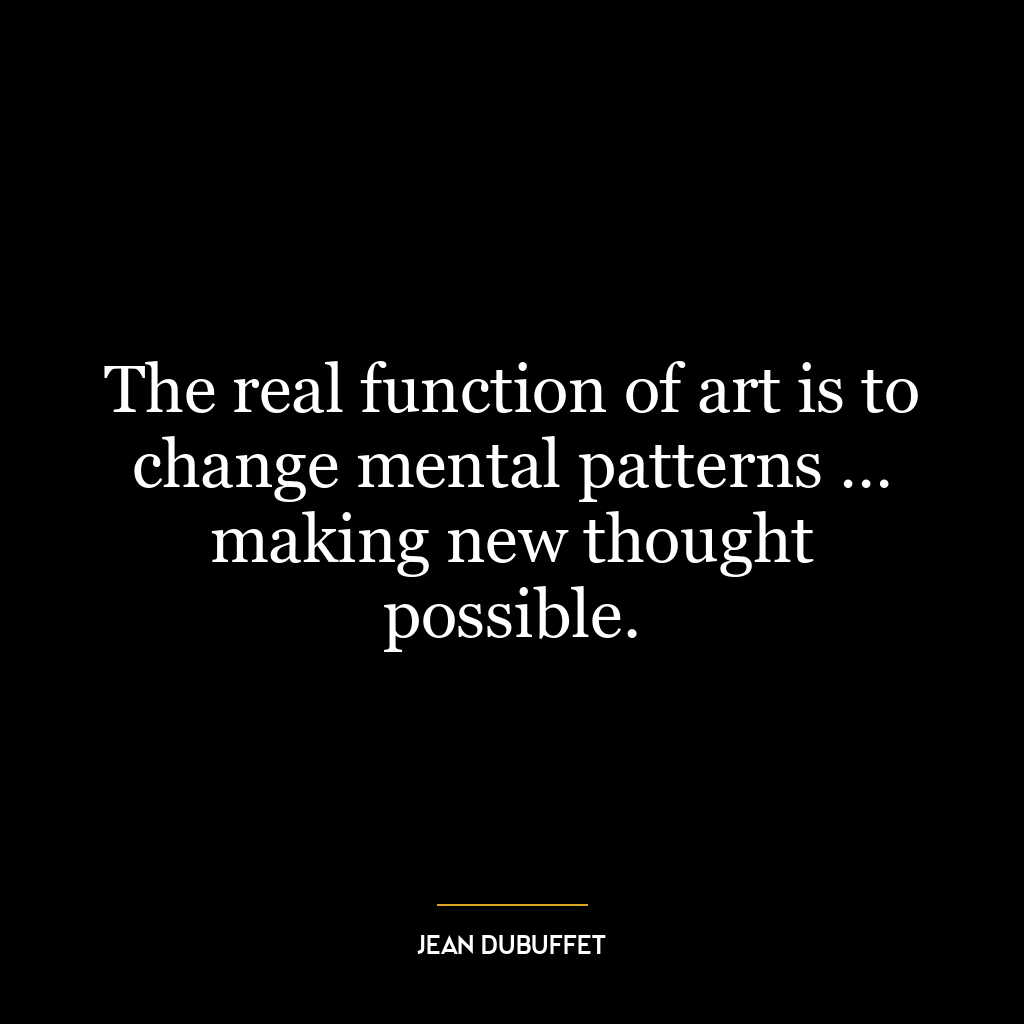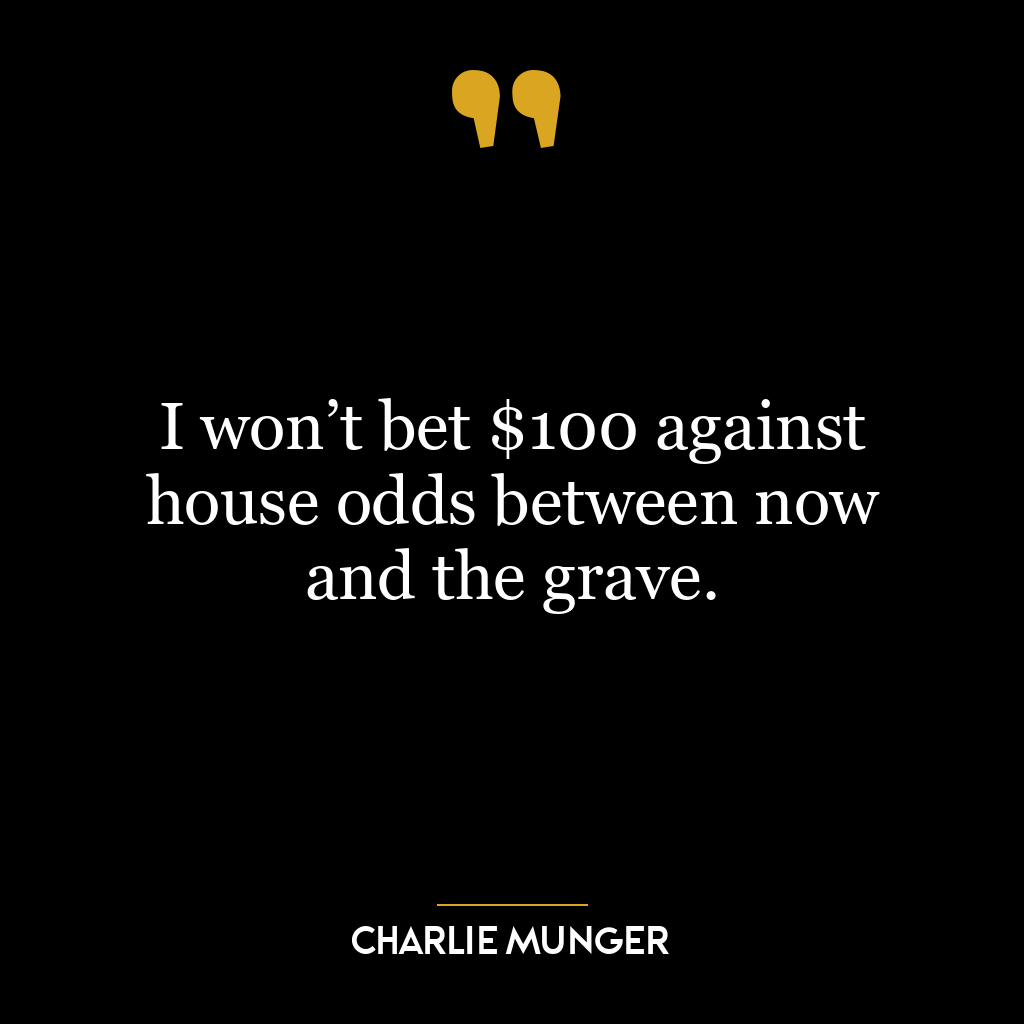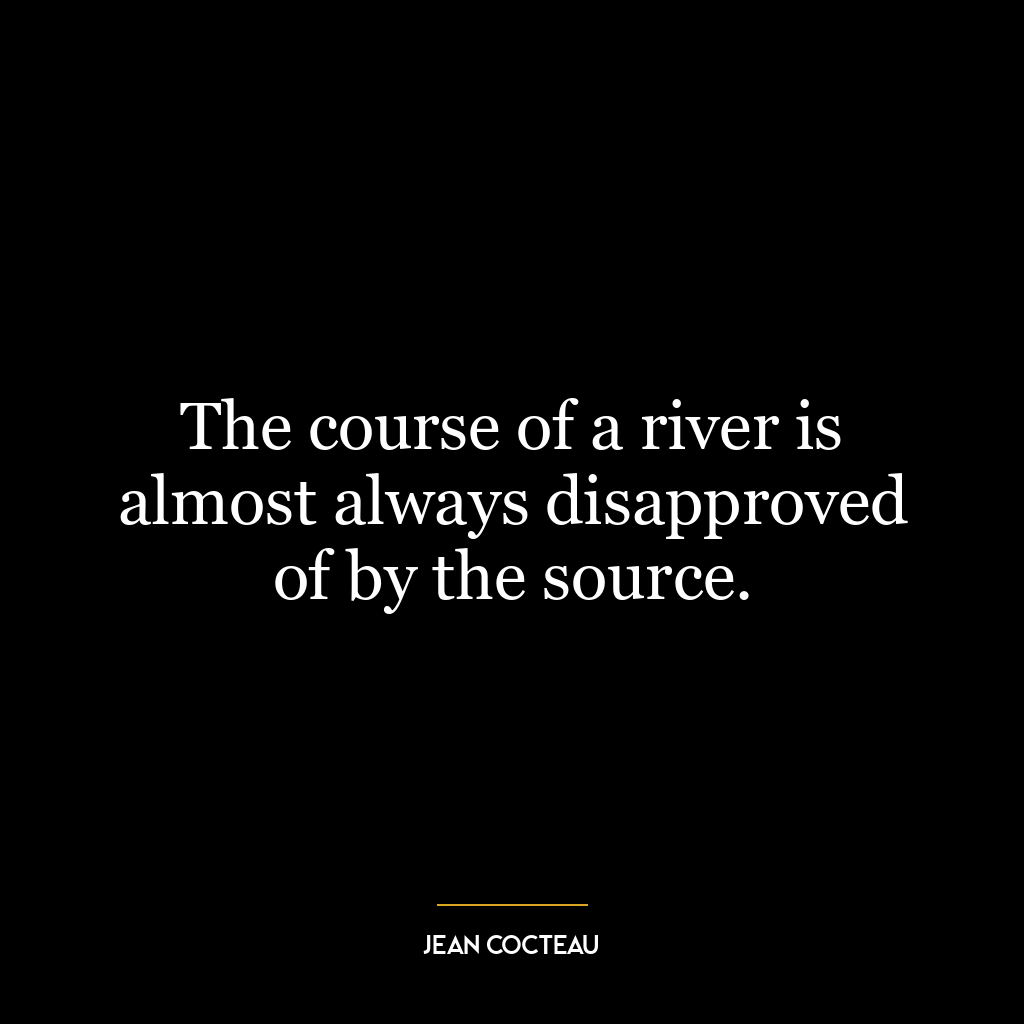In a time of rapid change, standing still is the most dangerous course of action.
This quote suggests that in periods of rapid change, maintaining the status quo or refusing to adapt can be the most hazardous strategy. It underscores the importance of agility and adaptability in a world that is constantly evolving. It implies that clinging to old ways of thinking and doing things may not only prevent progress, but also cause setbacks or failures.
The quote is essentially a metaphor for life and growth. Just as a tree must bend and sway with the wind to prevent breaking, we too must learn to adjust and adapt to the changing circumstances around us. It suggests that growth and progress often come from discomfort and change, rather than from comfort and stagnation.
In today’s fast-paced world, this quote is particularly relevant. Technology, for example, has been evolving at an unprecedented rate. Companies that refuse to adapt to these changes, sticking instead to their traditional methods, often find themselves struggling to compete. Blockbuster’s failure to adapt to the digital age, resulting in its downfall in the face of competition from Netflix and other streaming services, is a prime example of this.
On a personal level, this idea can be applied to our individual growth and development. For instance, in our careers, if we choose to stick to our existing skill set without learning and adapting to new trends, we may find ourselves becoming obsolete. Similarly, in our personal lives, refusing to change or adapt to new situations can lead to stagnation and prevent personal growth.
Ultimately, the quote encourages us to embrace change, to be flexible, and to continually learn and grow. It teaches us that standing still is not always the safest option, and that sometimes, the only way forward is to move with the times.










